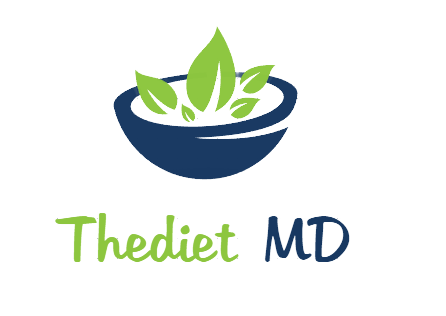The comfrey’s scientific name says a lot about it: Symphytum officinale L. , the first name, in Greek, means “to unite”! This is the main benefit of this herb, known for centuries for its ability to heal fractured bones and restore wound edges.
It is, therefore, used with the aim of restoring broken bones and skin, and it also has an effect on muscle and joint pain, being effective in healing sprains and bruises.
Comfrey is a natural plant from northern Asia and eastern Europe, but currently its use is widespread in a large part of the globe, being even recommended as a herbal medicine by the National Health Surveillance Agency (ANVISA).
However, its long-term consumption was found to trigger liver problems, which is why comfrey was banned for internal use. In Brazil, this prohibition has existed since 1992.
As poultices and plasters, it is a true healing elixir. To know in detail how it works in the body and how to use it correctly, check out below!
Table of Contents
Main benefit of comfrey
If the subject is restoration, comfrey is the solution. The rhymed phrase is legitimate. The use of comfrey is infallible in the treatment of ulcers, wounds, cuts, fractures, bone abnormalities, sprains, bruises (popularly called pinched blood), bruises, bruises and bleeding.
It’s healing
Comfrey has an expressive healing effect , as it activates cell division. The merits of this performance go to allantoin and mucilage, present in the composition of this plant. In addition to the analgesic action, from them it is possible to neutralize ulcerative processes and stimulate fibroblastic proliferation (cell that constitutes the connective tissue).
This herb extract can be used externally as an astringent and emollient as it dries and softens the skin, to heal skin wounds and as a topical anti-inflammatory. It is also possible to use it to soothe or even eliminate eczema and psoriasis.
How to use
The best method to extract the benefits of comfrey is from maceration in cold water. But for external use only.
Cataplasma
Use the fresh root of the plant and grate as much as needed. Apply over the lesion. Repeat several times a day.
Plaster
Crush leaves in warm water and place directly over wounds. Wash and repeat up to 2 times a day.
Tea
Use 50 to 100 grams of comfrey for each liter of water. Boil the water, turn off the heat and add the herb. Let it sit for up to 15 minutes and then use it as a bath or compress.
Dye
Remove the juice from the leaves and mix it with grain alcohol, in a proportion of 1 to 5. This mixture is used to prepare ointments and creams.
Contraindications and side effects of comfrey
 A survey on the homeopathic and herbal use of comfrey, carried out by the São Paulo State University (Unesp), stated that pyrrolizidine alkaloids (AP) were identified in its structure.
A survey on the homeopathic and herbal use of comfrey, carried out by the São Paulo State University (Unesp), stated that pyrrolizidine alkaloids (AP) were identified in its structure.
These substances, when consumed in the long term, could cause hepatic veno-occlusive disease ( VOD ), which causes the destruction of small branches of the liver, resulting in fibrosis and cirrhosis, and even organ cancer.
The same study found that the plant’s root is more toxic than the leaves. In this case, consuming the tea or any form of comfrey extracts is contraindicated.
The side effects of this consumption are irreversible liver damage and miscarriage. Even its external use should not be done by women during pregnancy and lactation and by children under 12 years of age, as there is the possibility of absorption through the skin, if it is injured.
Despite the precaution, there are no references to significant side effects in the proper external use of the herb.
Plant characteristics
Comfrey grows in moist soils, usually in marshy areas. Its stem supports slightly hairy and thin leaves. The flowers are pink or violet in color, and appear in bunches. This plant is also known as consol, cow’s tongue and vegetable milk.
Curiosity
In terms of nutrition, it is one of the few vegetables that has vitamin B12 and among all plants, it is one that harbors the greatest amount of proteins, being known as the fastest producing these molecules in the world. It has around 33% total protein (almost like soy ). Which justifies one of its popular nomenclatures: vegetable milk.
My name is Ellie Lauderdale, MD and I am USA based professional Nutritionist .
I am a Registered Dietitian Nutritionist and board certified specialist in sports dietetics who is trained in integrative medicine. I have worked with hundreds of clients, from those suffering with chronic disease to professional and olympian athletes. My goal is to help optimize you from the inside so that you can feel, perform, and look your best on the outside.


